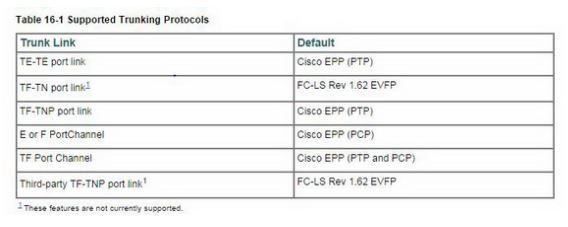Describe the Operation and necessity of using P rivate and Public IP addresses for IPv4 addressing and appropriate IPv4 Addressing S cheme using VLSM and summarization to satisfy addressing Requirements in a LAN/WAN E nvironment. Web Protocol form 4 (IPv4) is the fourth form in the advancement of the Internet Protocol (IP) Internet, and courses most movement on the Internet. However, a successor protocol, IPv6, has been characterized and is in different phases of generation organization. IPv4 is portrayed in IETF distribution RFC 791 (September 1981), supplanting a pior definition (RFC 760, January 1980). IPv4 is a connectionless protocol for utilization on bundle exchanged systems. It works on a best exertion conveyance model, in that it doesn't promise conveyance, nor does it guarantee legitimate sequencing or evasion of copy conveyance. These viewpoints, including information honesty, are tended to by an upper layer transport pro...




